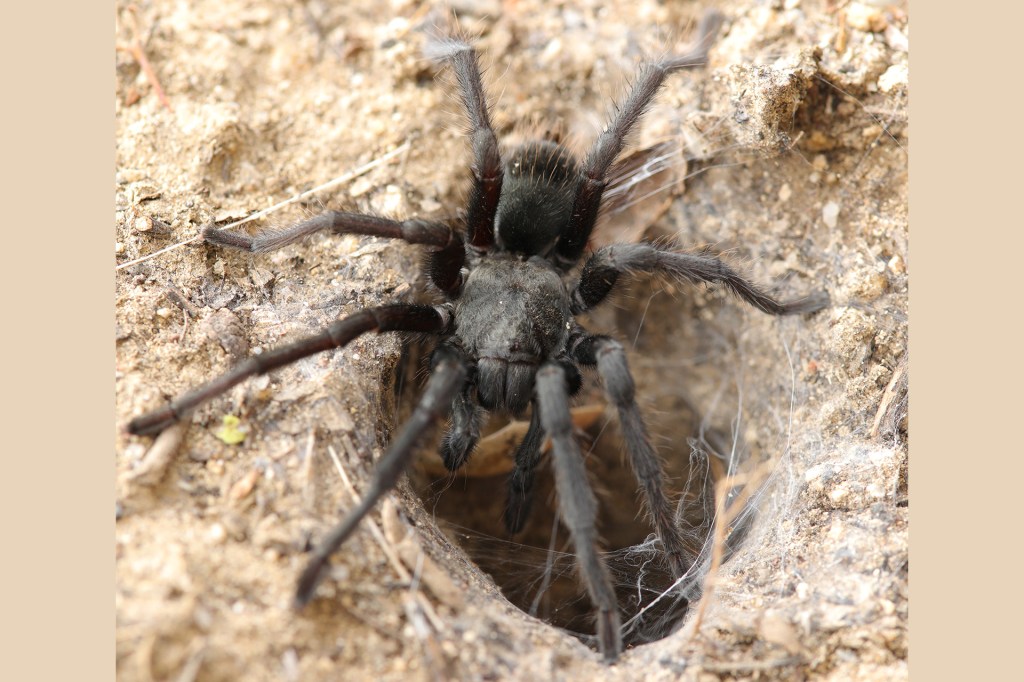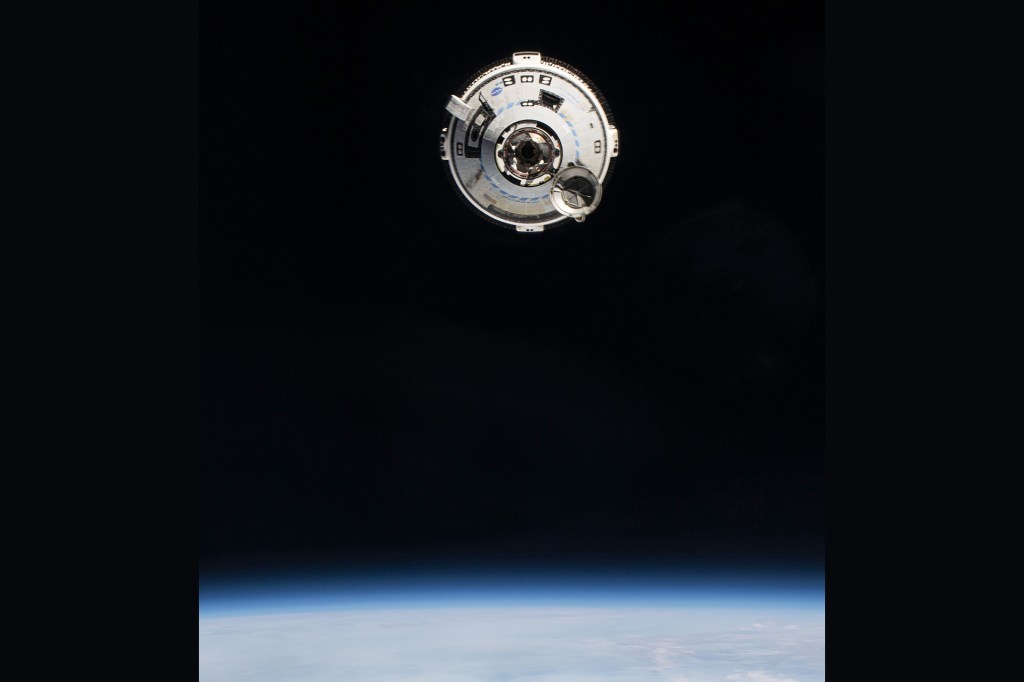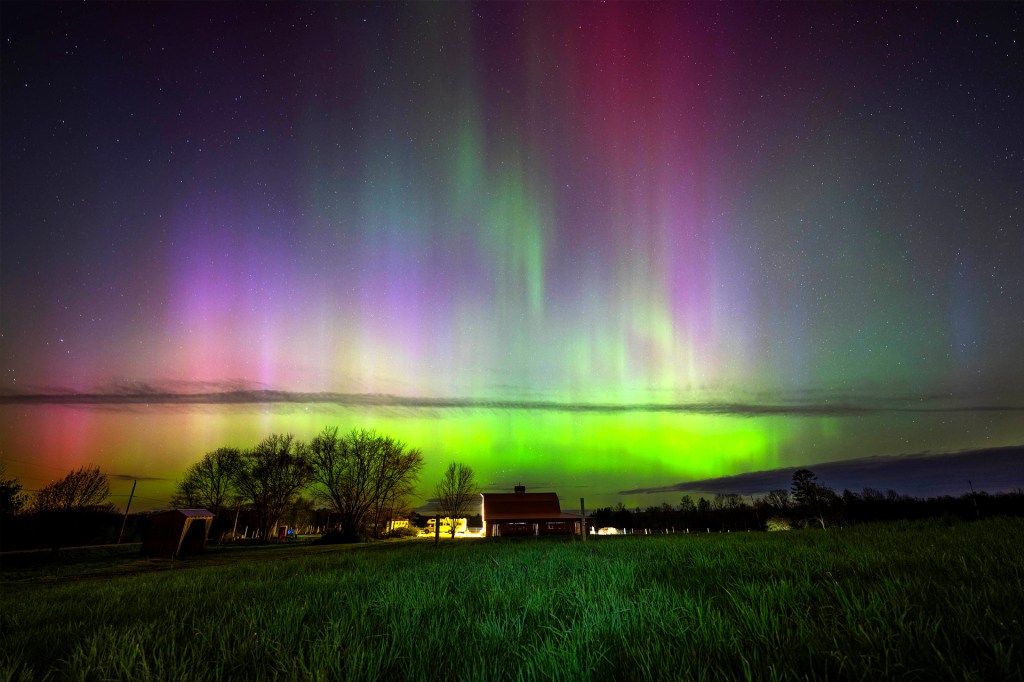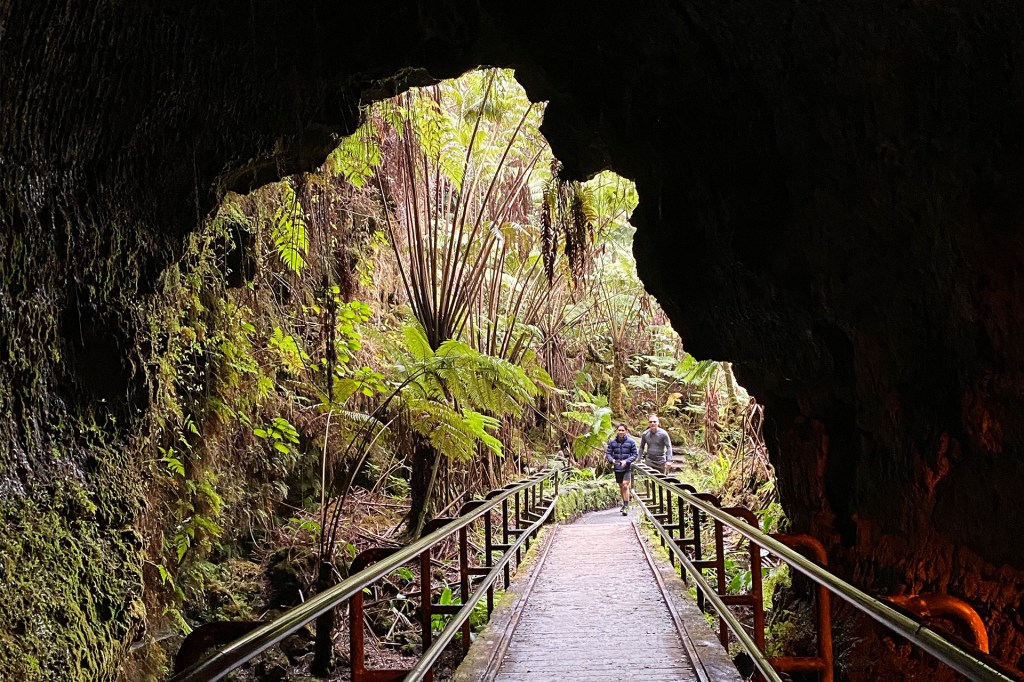
Step into one of Hawaii’s caves. It is dark. It is quiet. It is also full of life. But you might not see that right away. That is because most of its life is too small to see.
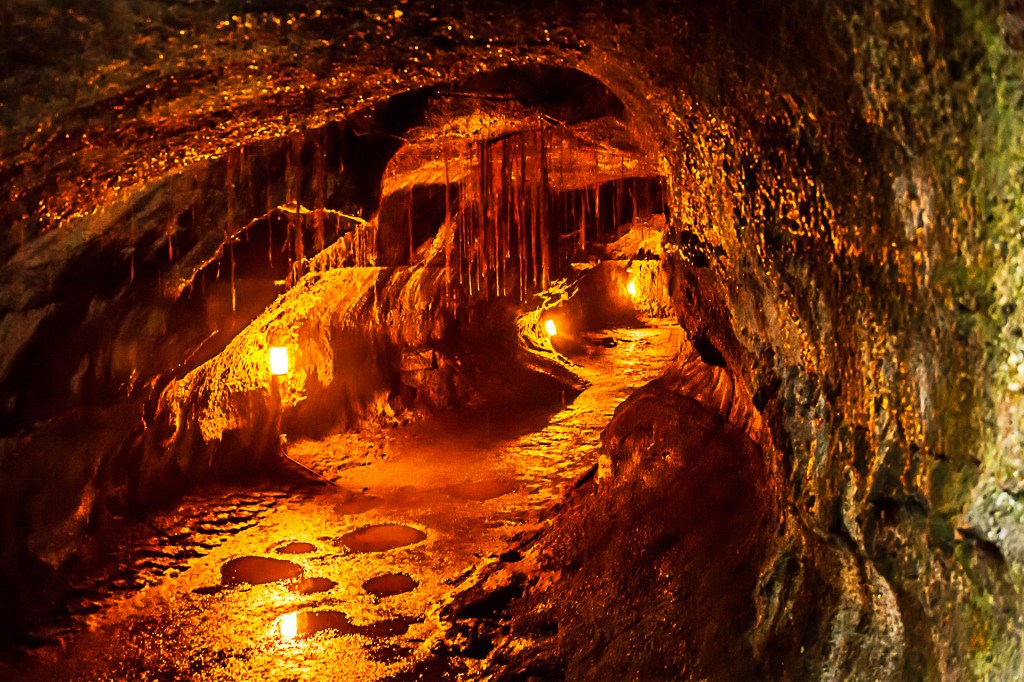
Caves form when hot lava drains from beneath hardened rock. These caves are called lava tubes.
EMP PHOTOGRAPHY/GETTY IMAGESScan the cave walls. You will not see many plants growing. You will not see many animals crawling around. But you might see splotches of gold, silver, tan, or pink. These spots are made up of microbes.
Microbes are living things. They are microscopic. But they grow together to form communities. They might be similar to life-forms that once lived on Mars.
Lava Tubes
Many of Hawaii’s caves are lava tubes. After a volcano erupts, hot lava flows. The surface of the lava hardens and turns to rock. But underneath, it keeps flowing. As it moves away, an empty tube or cave is left behind.
There are lava tubes on Mars. Scientists wonder if microbes can also be found there. Rebecca Prescott is an astrobiologist. She and her team study microbes in Hawaii’s caves. Learning about them might help scientists understand life on other planets. Hawaiian lava tubes are “a good place to start,” she says.
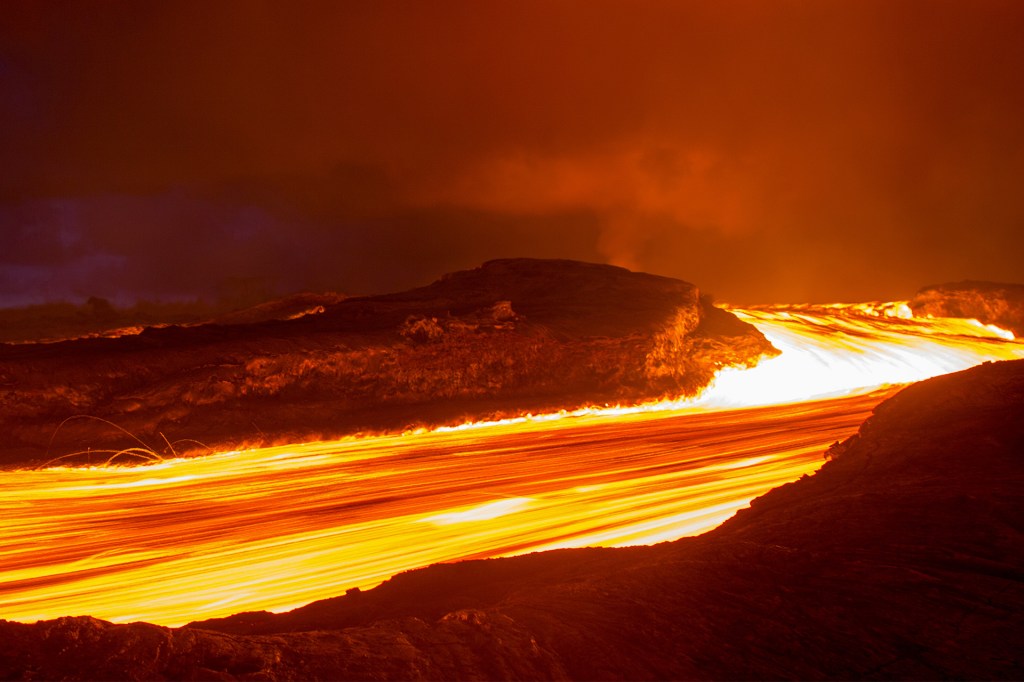
Hot lava glows red or yellow and flows like a river.
JOSIAH HUNT—GETTY IMAGES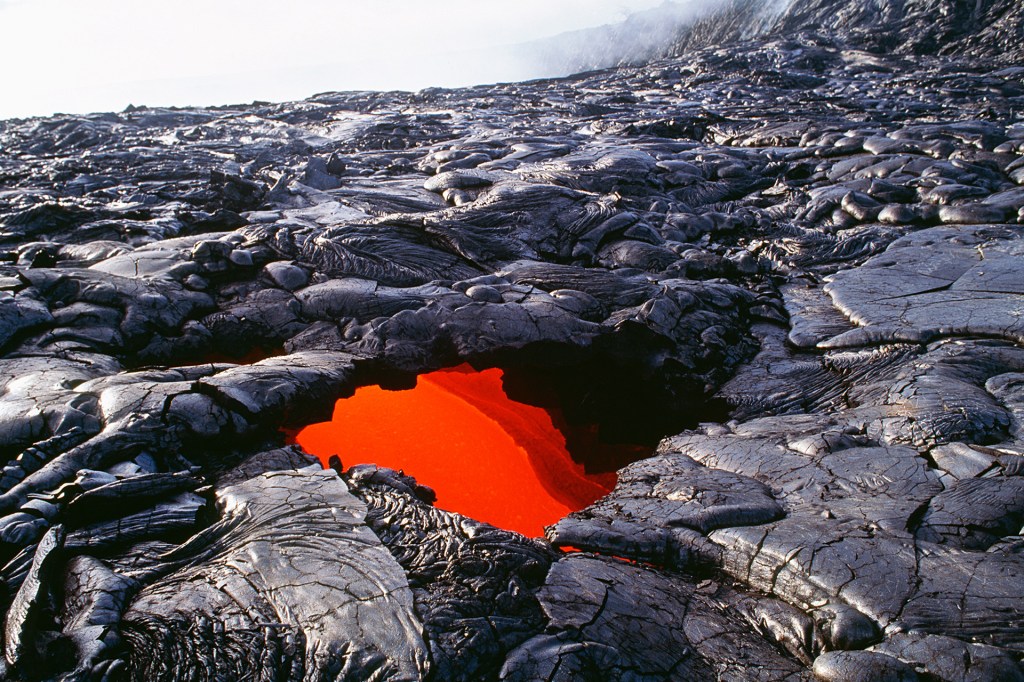
As it cools, it hardens to black rock called basalt.
DOUGLAS PEEBLES—GETTY IMAGESMicrobe Communities
Microbes “talk” to one another. They send chemical signals to others in their community. This helps them work together to grow.
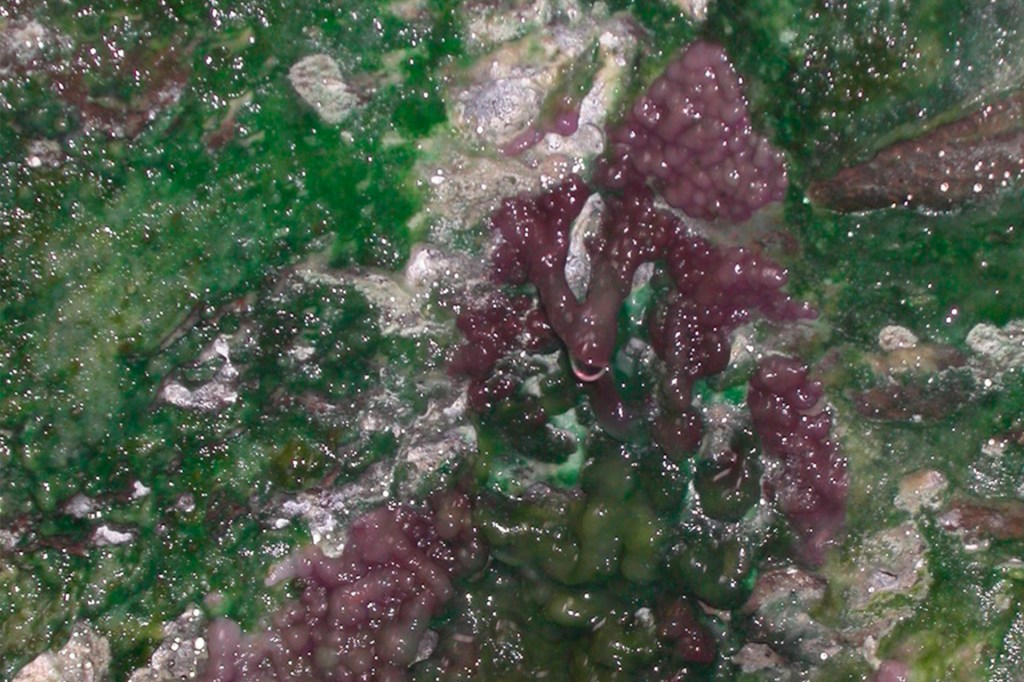
A purple and green microbe film grows on the walls of a cave near the Kilauea volcano, in Hawaii.
STUART DONACHIEThere is still a lot for Prescott and her team to learn. “We may find new ways microbes can survive,” she says. This will help scientists understand how microbes thrive on Earth, and maybe beyond.





